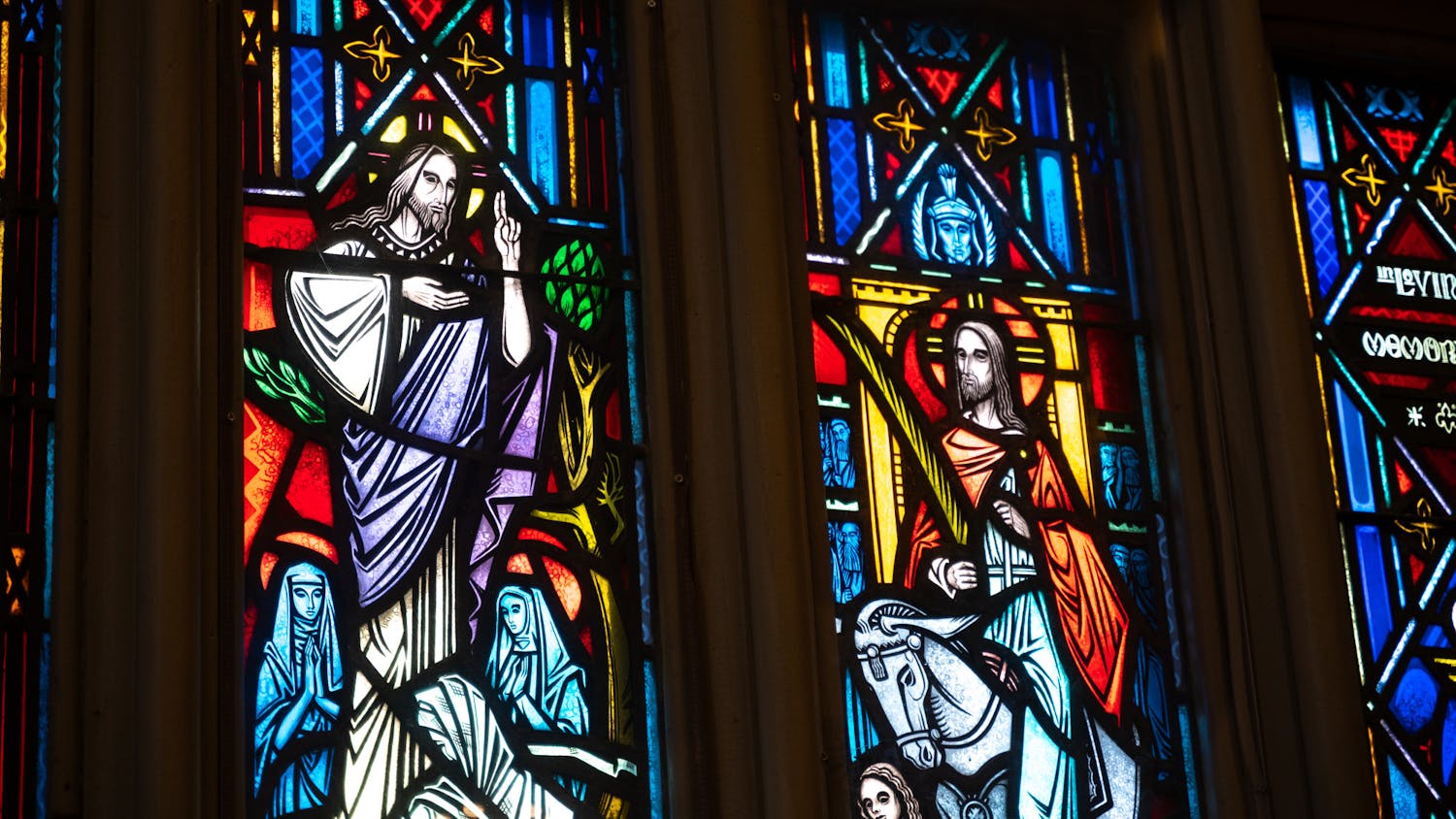Each week, The Daily Cardinal will be taking a look at down-ballot races throughout the state. This week, we look at a school referendum in Madison which will determine funding in the city’s public schools.
For Madison residents who bother to flip over their ballot Tuesday beyond the boisterous partisan races, a referendum asking for a $26 million property tax hike to prevent cuts to the city’s public schools will quietly ask for a vote.
At James C. Wright Middle School on Madison’s west side, students hurry back from lunch break. Teachers mildly roll their eyes as a group of eighth grade boys innocently complain that they’re hungry from skipping the cafeteria gruel to play soccer for the entire lunch period. The student body, 87 percent of which lives below the poverty line, sweatily shuffles down clean hallways and into classrooms that rarely exceed 20 pupils. Educators worry that this scene of relative order would be banished to the suburbs if the referendum fails.
As a former teacher in a southside Chicago public school where classes averaged 36 students, Wright English teacher Pam Dempsey said she knows the benefits that accompany investment in smaller class sizes.
“Personal attention matters,” Dempsey said. “We’re trying to meet the needs of the whole child. They often come to school with inadequate health care, without mental health services and without parents able to help them in academics. If the referendum fails … it would be harder to meet their needs.”
Uniquely able to preserve small class sizes through a lottery enrollment system, Wright is held up as a model for what additional attention and expertise can do for underprivileged students. But instead of bringing small class sizes to other schools, the district is staring down a reduction of 75 positions for the 2016-’17 school year, bloating already packed classrooms.
According to UW-Madison professor John Witte, whose research focuses on public education policy, urban districts like Madison are especially strained by state budget cuts.
“Madison spends more than suburban districts do because of the problems with minority students and students living in poverty,” Witte said. “It tends to cost more to educate those kids.”
While most referendums ask for a one time increase for various capital expenses, Madison’s school board is requesting a permanent hike.
“This is a precedent breaking kind of thing,” Witte said. “It’s very likely that in five years there will be less children in Madison’s schools, yet they will still get the additional $26 million in perpetuity.”
The professor also muddied the notion that smaller classes always benefit students.
“There’s mixed evidence in the research that smaller class sizes help,” Witte said. “They help minority and poor kids. But that’s been taken over by the school establishment in saying that small class sizes are good for everybody. They have so much political support among direct stakeholders that if you start throwing out that red flag everybody starts pouncing.”
Despite the interests at play, back at James C. Wright Middle School, the referendum is simply a way to continue educational gains.
“This is to maintain services that we already have,” Dempsey said. “If not, you’ll have classes where kids are underserved.”






